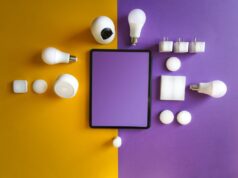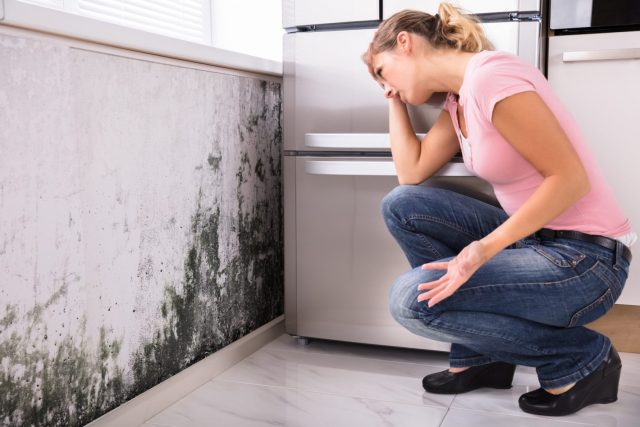
The one problem that most house owners wish to avoid is water damage, as it will not be manageable to clean up and will initiate the growth of mold and mildew. Water damage can cause water to sink into the building materials lingering for days if not taken care of properly. It causes weakening of walls and floors and deforms the structural integrity of the house.
Once the water gets cleared, you must take preventive measures to stop mold growth which generally takes about 24 to 48 hours to initiate the mold infestation. The mold grows in the presence of these four things:
- Moisture (water)
- Oxygen
- Temperature (5 – 40 degrees celsius)
- Food sources (starch or sugar)
The indoor environment satisfies mold with the presence of moisture and oxygen. Food sources like starch or sugar are present in the paper backing of the drywall, behind ceiling tiles or in water particles which adds moisture to the wall cavity.
Also, the research conducted by the Alabama department of public health says some molds are a health risk to people with asthma, allergies, immune problems like HIV infection and cancer patients taking chemotherapy and also the people who received organ transplants.
If you have had any water damage in your home, you should check for mold in bathrooms, laundry rooms, basements and the kitchen. Follow the given steps to stop mold growth after water damage.
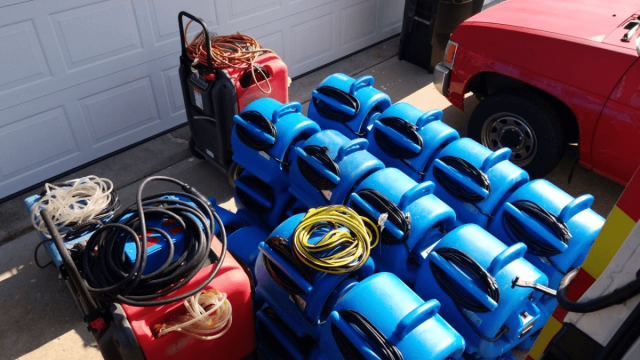
Step 1 – Remove the Water
Clearing the area from flooded (or extra) water is the first step to be followed in mold prevention. If the water is contaminated (water from sewage backup or natural flood), there are chances that it may contain harmful chemicals and pathogens. It may weaken your health and affect you with diseases. So, protect yourself with the proper usage of masks and gloves. You can either follow the traditional bucket method of detaching water or use rental water vacuums to ease the process.
Step 2 – Dry the Affected Areas Immediately
The next foremost step in preventing mold is to dry the affected area within 24 to 48 hours of water damage. Also, if you notice any water leaks wetting the surface, find the source of the leak and stop the flow. Turn off the main valve to the house if it is a burst pipe or something that connects your plumbing. Discard the damaged materials and use a lot of towels, a wet/dry vacuum, fans or a dehumidifier to eliminate mold development.
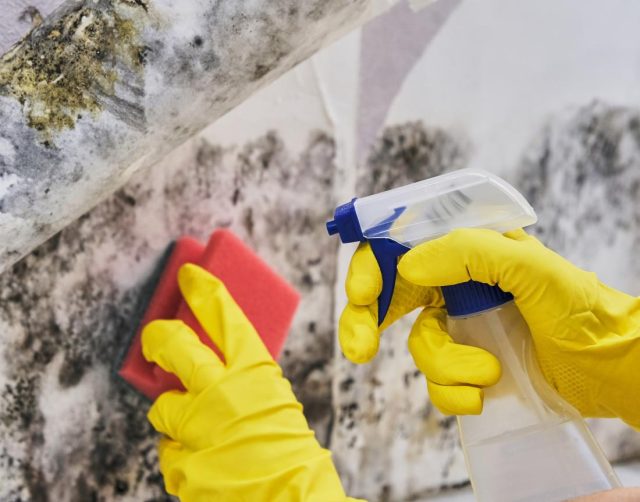
Step 3 – Clean the Affected Areas
Once you have dried the area, start cleaning the surfaces that have come into contact with the unclean water. Remove the furniture carefully from wet flooring by following safety measures of wearing gloves and a mask. Proceed to clean all the non-porous items like glass, metal, plastic, wood, etc., with hot water and non-ammonia detergents. Make use of phenolic or pine-oil cleaner while cleaning the surfaces. If there are hard and rough materials like concrete, prefer to use a scrub brush.
Step 4 – Disinfect the Affected Areas
After cleaning, disinfect and sanitise the areas with a 10% bleach solution. Let the bleach solution remain in place for a minimum of 10 minutes. After that, rinse the area with clean water and let it dry. In case of porous materials made of fabric, textiles, or paper, they should be dried and monitored thoroughly to check fungal growth and odours. If they are badly damaged, throw them out and replace them with new items. Also, watch the ceiling tiles, insulation, drywall, carpets, rugs, and wallpapers to prevent mold.
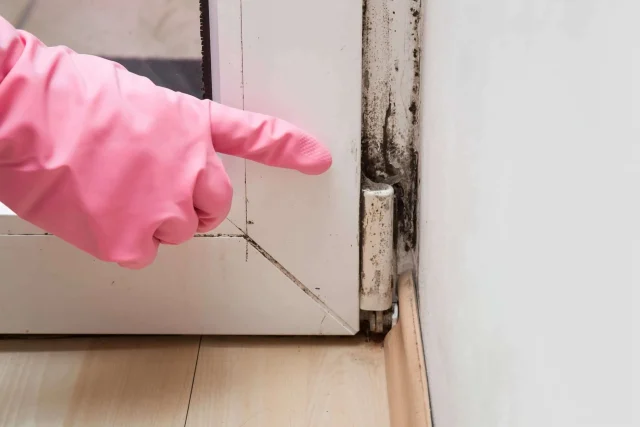
Step 5 – Call in mold Professionals
In case of extensive flooding and when drying, cleaning and disinfecting the areas don’t work in preventing the mold altogether, call in a mold remediation team to handle the rest of the situation. These professionals will treat the affected areas with biocide, EPA approved liquid that kills mold. On the second day, the team will spray the solution with whitewash or paint to trap the mold spores. The mold professionals will remediate the entire room even if the mold has affected only a small section of the room, immensely reducing the opportunity of mold and mildew growth.
Useful tips will ease the process, saving time and money. Try to follow the given tips to prevent mold in your house.
Tip 1 – Prevent mold by Controlling Indoor Moisture
Controlling the dampness in your house will do the magic. Some of the places that are most likely for mold infestation are
- Basements with poor construction of sewage tanks
- Attics
- Ceiling walls
- Damp crawl spaces
Try to keep the humidity level not higher than 50% and make sure that the air flows freely in your house.
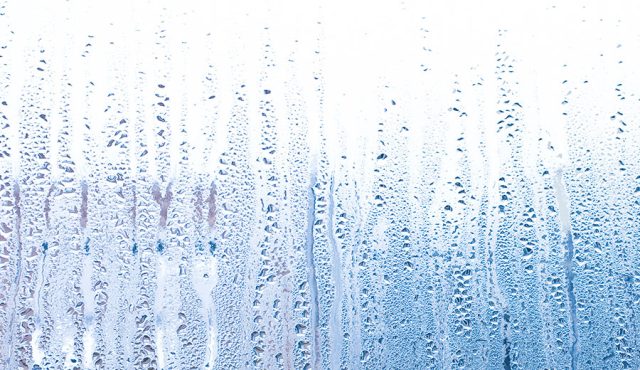
Tip 2 – Check If Your Bath Fans Are Wiping out Extra Moisture Properly
Ensure your bath fan clears out moisture in about 5 to 10 minutes. Bath fans are certified by the volume (cfm, or cubic feet per minute) of air dehydrated out of the room. Choose the correct capacity of the bath fan by a simple calculation: multiply the bathroom’s square footage by 1.1 for an 8-ft ceiling; if it’s a 9-ft ceiling, multiply by 1.5. Also, treat the bathroom’s wet surfaces by squeegeeing the shower walls and doors.
Tip 3 – Use Mildewcide Paint on Damp Walls
Control the surface mold by mildewcide paint on damp places like sink areas and bathrooms. Many solutions have mixed with anti-damp solutions. It is recommendable to wash the walls with mild detergent and dry it before painting.
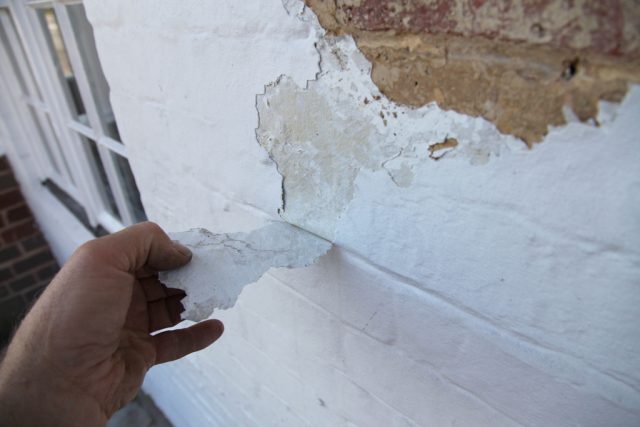
Tip 4 – Act Quickly and Don’t Delay the Clean-up Process
The delaying of the cleaning process will multiply mold growth, causing intense damage. A leak in weak plumbing can waste several gallons of water. So, act quickly to stop the stream. Before you take action, secure your stuff in a safe place and follow appropriate precaution measures (wear plastic gloves and masks). Remember to turn off the electric power once you find that the water is in contact with electricity. Also, check the areas having minor cuts or open sores that have a great chance of water being flooded.
Following these steps will significantly save your money from spending it on mold prevention after water damage. You can also hire an efficient company such as Capital GA which can help you in removing mold.



